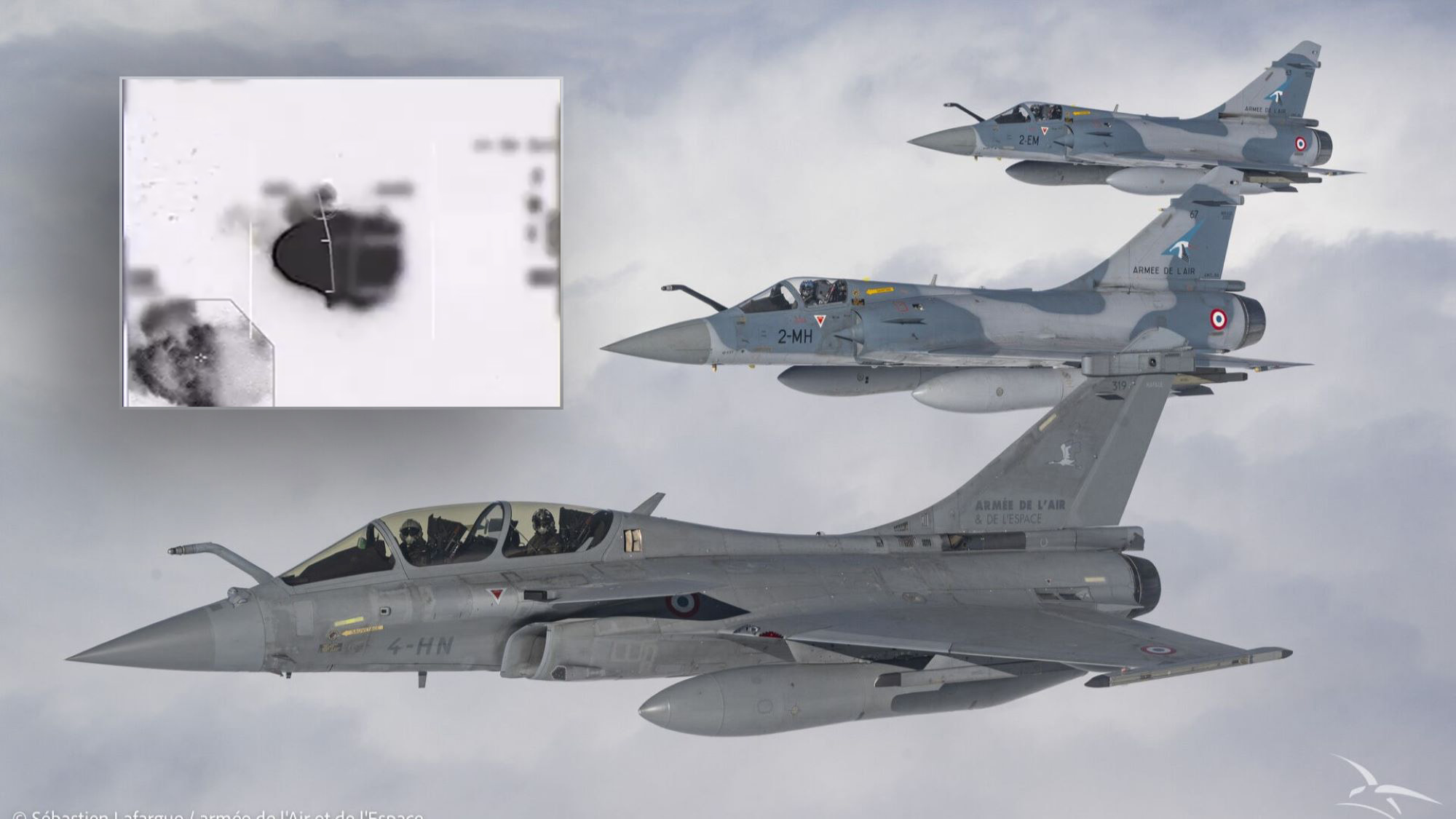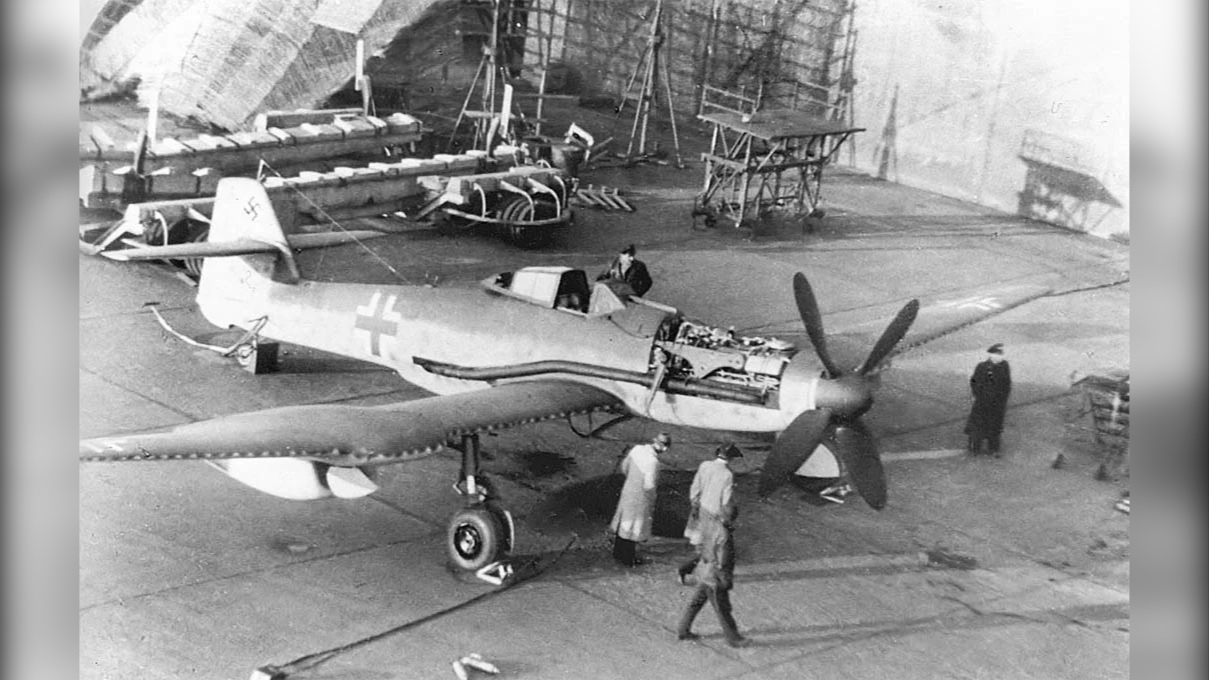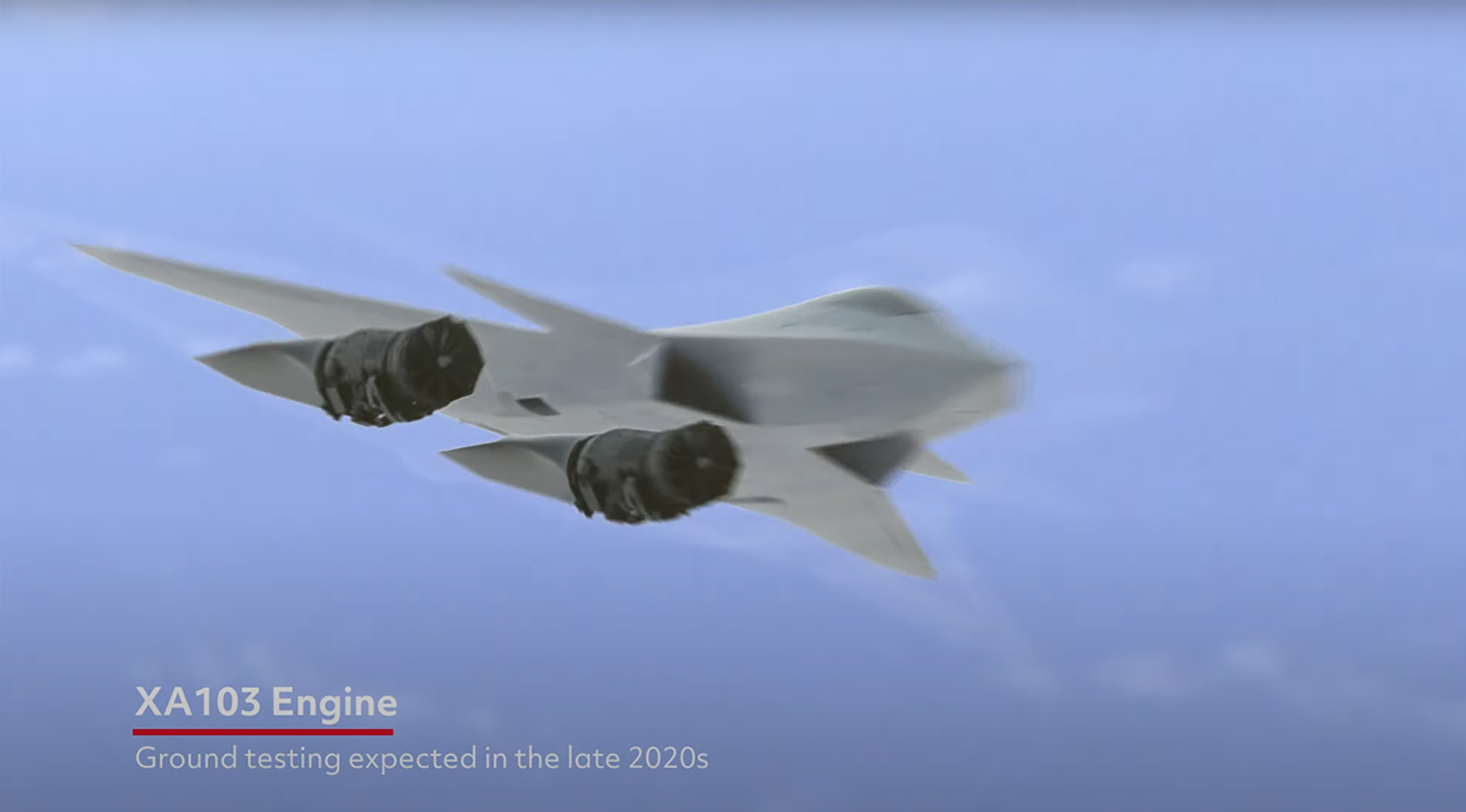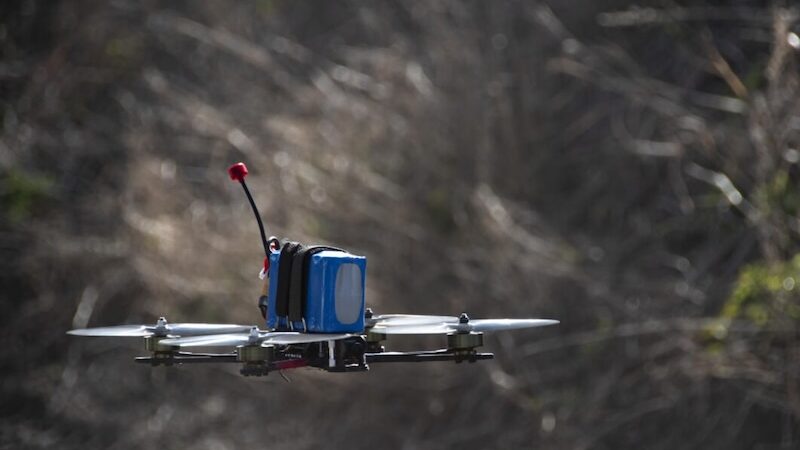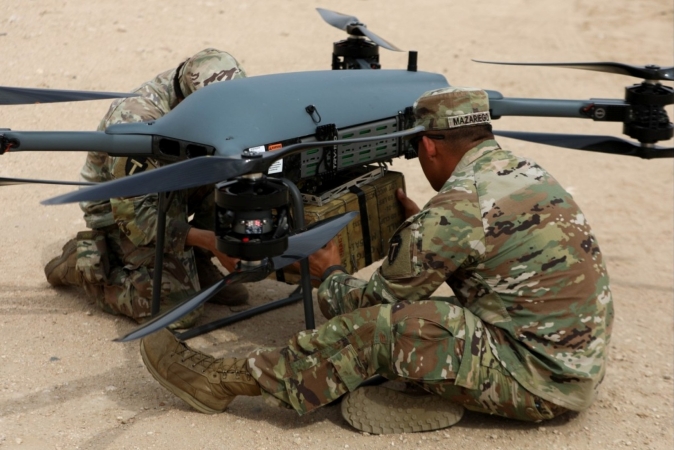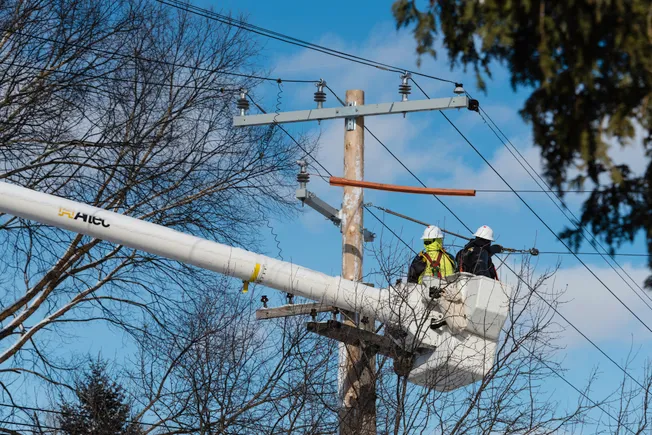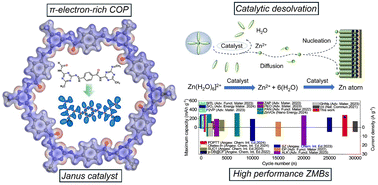Streamlining federal operations: Achieving mission success with unified network observability
[Sponsored] Consolidate network monitoring, performance management, and fault isolation into a single, comprehensive solution.


High tech room in army governmental establishment used for surveillance monitoring.
U.S. public sector agencies are on a determined path toward modernization, driven by the critical need to enhance service delivery, bolster security, and operate with greater fiscal responsibility. Central to these efforts are government-wide initiatives emphasizing streamlined operations and resource optimization. However, a persistent operational hurdle can impede progress: complex IT environments often monitored by multiple, disparate systems operating in silos. This fragmented approach obscures a clear view of network health, hindering both modernization trajectories and the achievement of efficiency mandates.

Jeremy Rossbach, Chief Technical Evangelist for NetOps by Broadcom.
The reality for many organizations is a patchwork of network monitoring tools—often 10-15 or even more—each addressing a specific domain or technology. While individually functional, these siloed systems create significant operational friction. Diagnosing issues that span multiple network segments becomes a time-consuming, manual undertaking, requiring laborious data correlation across disconnected platforms. This lack of a unified view inevitably increases Mean Time to Resolution (MTTR), impacting the availability of mission-critical services and negatively affecting end-users, whether they are agency personnel or the public they serve. Furthermore, the overhead of managing numerous distinct tools drains valuable IT resources and budgets—funds and expertise that could be more strategically allocated to accelerate modernization initiatives. Industry benchmarks show that system and network administration labor costs can be significantly impacted by such inefficiencies.
Network Observability by Broadcom offers a cohesive, strategic alternative. By providing a unified platform, it consolidates network monitoring, performance management, and fault isolation into a single, comprehensive solution. This approach directly counters the inefficiencies of siloed toolsets, offering several key advantages aligned with pressing government priorities, often backed by tangible results observed across deployments:
- Holistic Visibility for Evolving, Complex Environments: Modern government networks are increasingly hybrid, encompassing on-premises data centers, cloud services, and diverse connectivity often managed through multiple programs and contractors. To truly gain a comprehensive understanding of the entire network landscape, agencies require insight into interdependencies and the ability to manage performance effectively as they adopt new technologies such as SD-WAN, cloud platforms, and mission-centric connected devices. Network Observability by Broadcom delivers this end-to-end visibility.
- Accelerated Issue Resolution for Enhanced Service Delivery: A unified data model, coupled with patented root cause analysis and topology-based alarm suppression, empowers significantly faster issue identification. Instead of IT teams manually sifting through overwhelming “alarm storms”—which can be drastically reduced—they can rapidly pinpoint the source of network degradations or outages.
- This focus allows organizations to realize a 25-35% reduction in crisis management labor costs, directly contributing to improved service levels, ensuring mission continuity, and lessening the operational burden associated with lengthy troubleshooting. Modern organizations can no longer afford to rely on “tiger teams” to manually hunt for unexpected issues; leveraging advanced technology for near real-time operational management is imperative to meet budget and human capital resource mandates.
- Proactive Performance Management to Ensure Mission Readiness: Moving beyond a reactive posture, Network Observability by Broadcom enables proactive network management. By leveraging advanced analytics on a consolidated dataset, the system can identify potential issues before they impact services.
- This foresight supports greater network reliability and allows agencies to anticipate capacity needs, aligning with efficiency mandates to prevent over-provisioning or unexpected performance bottlenecks, potentially leading to 5-15% reductions in Level 1 and 2 service desk labor costs due to fewer infrastructure-related incidents.
- Data-Driven Modernization for Confident Transformation: As agencies modernize their infrastructure—adopting SD-WAN, migrating to the cloud, or deploying new applications—unified observability provides the essential data to plan, execute, and validate these critical transitions. It offers a consistent, reliable baseline for performance, ensuring that modernization efforts achieve their intended operational benefits and deliver tangible value.
- For instance, effective SD-WAN monitoring can contribute to 60-90% cost savings in WAN/SD-WAN bandwidth services through optimized utilization and planning.
- Enhanced Resource Allocation for Strategic Impact: By consolidating what can often be a multitude of monitoring tools into a single platform, Network Observability by Broadcom streamlines network operations. This consolidation can lead to a 20-30% reduction in system and network administration labor costs. Automating collection of disparate data and ticket mitigation adds unexpected workload to the operations staff.
- For example, managing a network of 50,000 devices with Network Observability by Broadcom typically requires approximately 2 Full-Time Equivalents (FTEs), compared to potentially 3 or more FTEs with fragmented, multi-tool approaches. This frees up valuable, skilled IT personnel from routine monitoring tasks, allowing them to focus on strategic projects that directly support government efficiency and mission advancement.
Broadcom’s deep-rooted expertise in network observability, combined with a scalable, modern platform, uniquely positions us to assist federal agencies in their transition from a collection of siloed network tools to a single source of truth for managing their unified observability platform. This transformation is critical for managing network and infrastructure effectively in today’s dynamic environment.
Addressing this operational complexity must be a primary focus for agency IT and operational leadership. To help you embark on this journey, we offer a pre-engagement analysis and maturity model to determine the optimal processes and toolsets to meet these modern challenges. Whether your path involves Broadcom solutions or others, prioritizing a unified approach to network observability is key to unlocking new levels of efficiency and mission success.
To find out how Network Observability by Broadcom can help you consolidate network monitoring onto a single platform to slash MTTR, reduce admin labor costs, and ensure mission readiness, please visit https://networkobservability.broadcom.com/.
About the Author
As the Chief Technical Evangelist for NetOps by Broadcom, Jeremy is passionate about meeting with customers to identify their IT operational challenges and producing solutions that fit their business and network transformation goals.




































































































